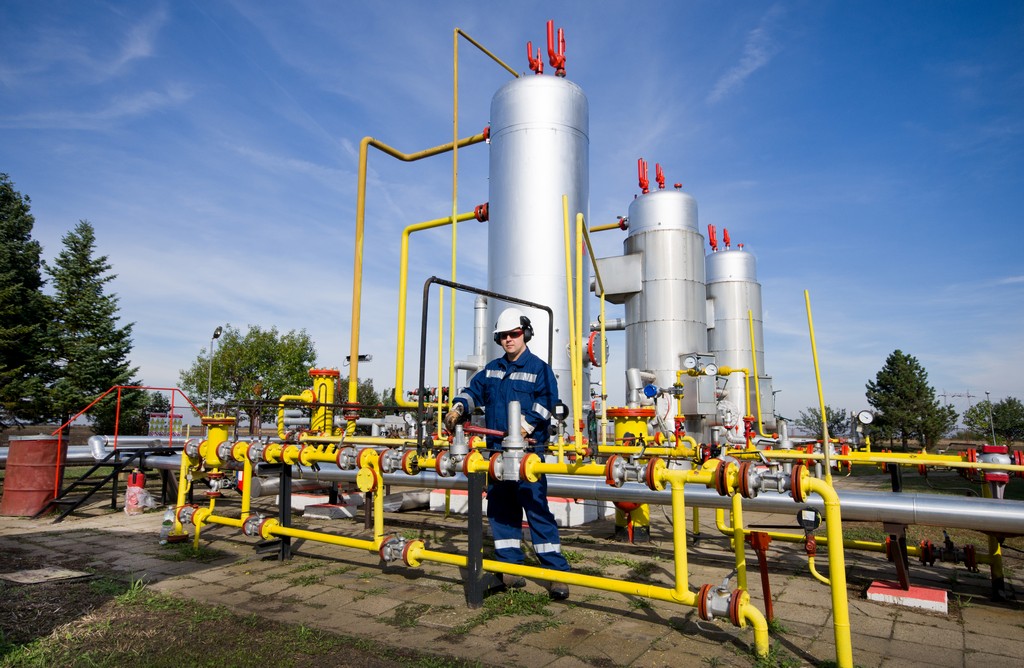More RE, bawas coal: RP Energy mulls converting coal plant to LNG facility
- January 23, 2019
- 0

This is one of the alternatives being considered by the power-generation arm of the Manila Electric Co. (Meralco), Meralco PowerGen Corp., which is a stakeholder of RP Energy.
The option is being discussed with “in-house experts” and the decision on what technology to develop would be made before the first half of the year ends, MGen President Rogelio Singson said.
“We should be making a decision within the first half of this year regarding what to do next. We would have determined the technology and EPC [engineering, procurement and construction]. There are new technologies. It might no longer be CFB. We are also considering LNG,” he said.
Singson said the capacity would “depend on economics” if the coal power plant project would be converted to LNG.
“It might not be that big, depending on economics. In general, we’re saying we’re open to changing the technology from original 2×300 MW CFB,” he said.
On the other hand, Meralco Chairman Manuel V. Pangilinan said stakeholders have yet to be informed about the ongoing studies.
“We have not raised it with them yet; we’re still doing our studies. Hopefully, within the year. We need to know whether that Subic plant is a go or a no go, whatever fuel source we eventually adopt,” Pangilinan said.
RP Energy Inc. is in a partnership with Meralco, Aboitiz Power Corp., and Taiwan Cogeneration Corp. through their subsidiaries.
AboitizPower COO Emmanuel Rubio said recently RP Energy has stopped the notice to proceed issued to the EPC contractor, which are Doosan Heavy Industries & Construction Co. Ltd., and Azul Torre Construction Inc.
Rubio cited some issues such as “instability in one of the slopes” and “a construction issue, something that was not foreseen” by the project proponent.
Regardless, Rubio said Meralco is handling the situation.
“At the moment, it’s Meralco looking at a way to manage the movement.”
Singson also added that the location of the project poses a challenge from the power supply agreement (PSA), which is still pending before the Energy Regulatory Commission (ERC).
“Without the PSA, we have no recourse, but to call them off and say we will now open our options not just with the Korean contractor. We’re now looking at other options. It might be new technology,” he said.
“In the meantime, we are holding off our site. We’re saying let this rainy season pass and see the stability of the site. When the Koreans started, there was heavy rainfall. That also caused some concern from the Koreans,” Singson said.
Pangilinan said there is a study that will determine how gas will be transported.
“Well, if we do convert into gas, it will be a customer of the terminal. The question is how do we transport the gas from the terminal in Batangas? We need to have a dedicated ship to the gas plant in Subic. If the FSRU [floating storage and regasification unit] is in Batangas, then how do you transport gas from Batangas to Subic, and what is the cost building a pipeline? I think we’re studying it, not really sure if it’s feasible,” Singson said.
“Now, if you build a big gas complex that is a complement to the Batangas situation—3,000-MW capacity in Batangas then that justifies a terminal,” Pangilinan said.